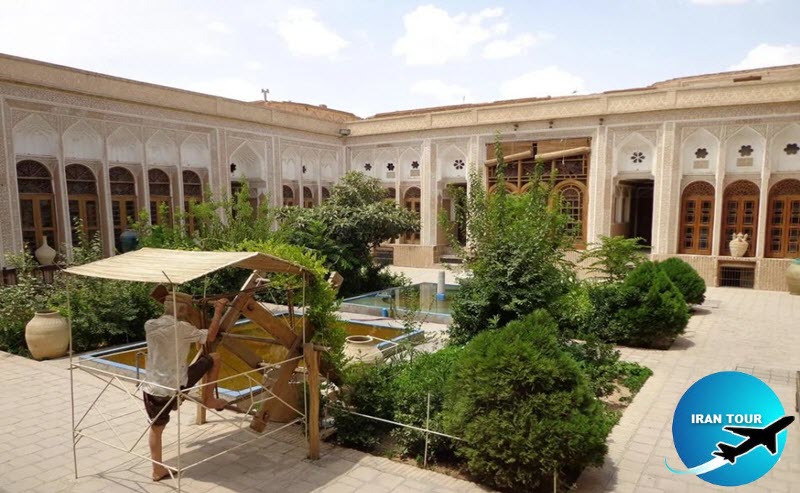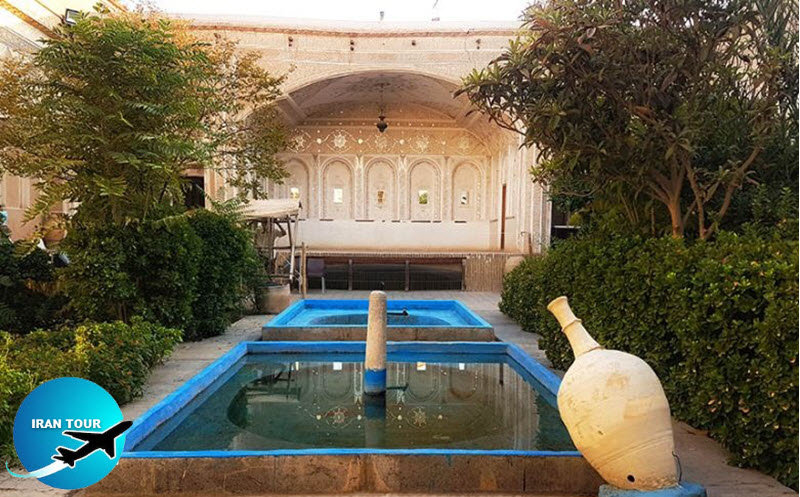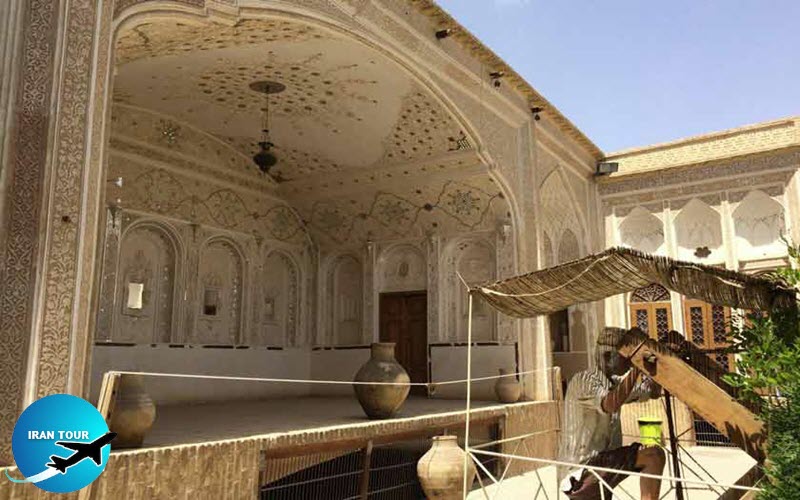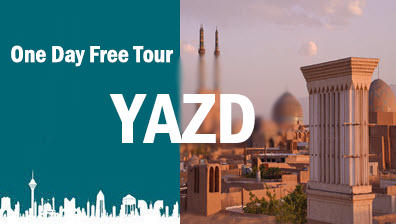Copyright 2020 - 2021 irantour.tours all right reserved
Designed by Behsazanhost
Water Museum
Water Museum
Water, as a natural element, plays an extraordinary role in life, especially in desert areas. Water has a unique ability to stimulate the human mind and all human beings have an instinctive interest in water, which is why they have always sought to store water. This storage is more important in desert areas. The city of Yazd, one of the driest regions of Iran, has always faced water shortages.
 |
Therefore, the intelligent people of this region have always tried to be successful by inventing different methods in water conservation and storage. Among these methods, the invention of Qanats, windcatchers, and various methods of water extraction has been very successful and has brought them to the UNESCO world record.
Yazd is well known for its windcatchers, and qanats (underground water canals). This museum is the best place to introduce brave and hardworking men who have done their best to preserve water. This museum is located in one of the best old houses by the name Kolahdooz. A 400-year-old Qanat by the name Zarch, is flowing underneath the house/museum. The museum offers, through a series of photographs, old tools, replicas, and architectural maps, a fascinating glimpse into the hidden world of waterways that have allowed life to flourish in the desert.
 |
This museum not only shows the 2000-year history of water extraction in the desert lands of Iran but also by introducing equitable water distribution tools such as water clocks is the best water exhibition. These clocks (basically a bowl with a hole in the bottom) helped to mark out the 15- or 20-minute shares of water purchasable by householders or farmers.
 |
Qanats run through many of the wealthy old houses in Yazd, collecting in pools in basements known as Sardob. As the coolest part of the house, these rooms were often beautifully decorated and several fine examples exist in Yazd's old traditional hotels today. Some parts of the house represent the history of water-saving and collecting water in the region. For example, the staircase to Qanat or a reservoir on the roof can show how water technologies and everyday life have intertwined in the past.
 |
This 140-year-old building belongs to the late Qajar and Pahlavi periods. This building is a collection of the most beautiful decorations along with the traditional desert architecture. This museum is built on 5 floors, which include the following sections:
 |
- A Yard with multiple pools of water
- Basement, is the coolest part of the house in summer.
- A few rooms around the yard.
- Various entrances to the Qanats for access to fresh and safe water.
- House water's well in the middle of the yard for extraction of water.
This museum is of interest to tourists due to its proximity to Amir Chakhmaq Square.
- Details
- Category: Yazd Historical Sites